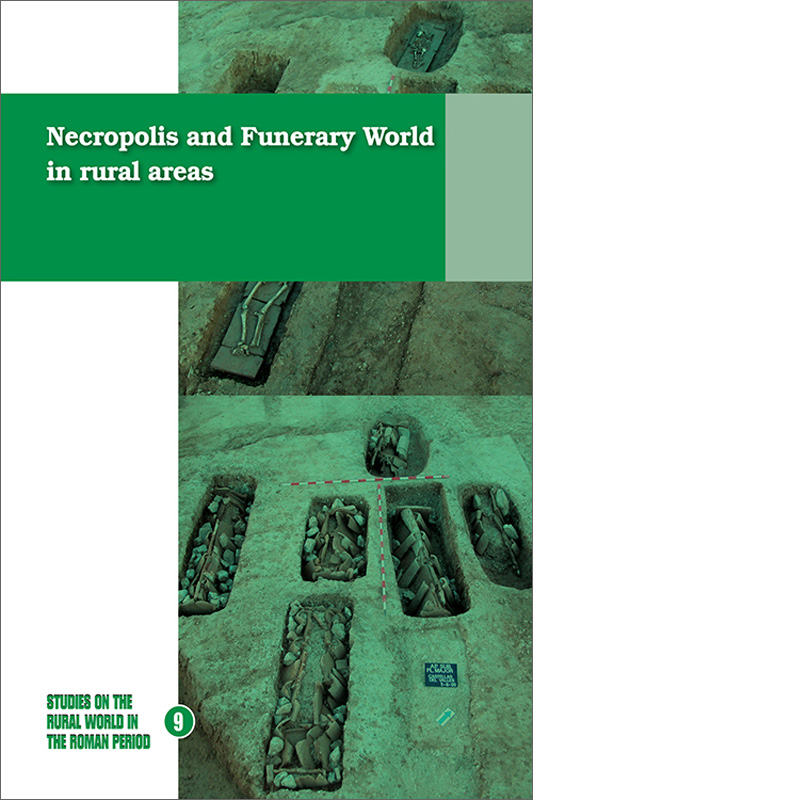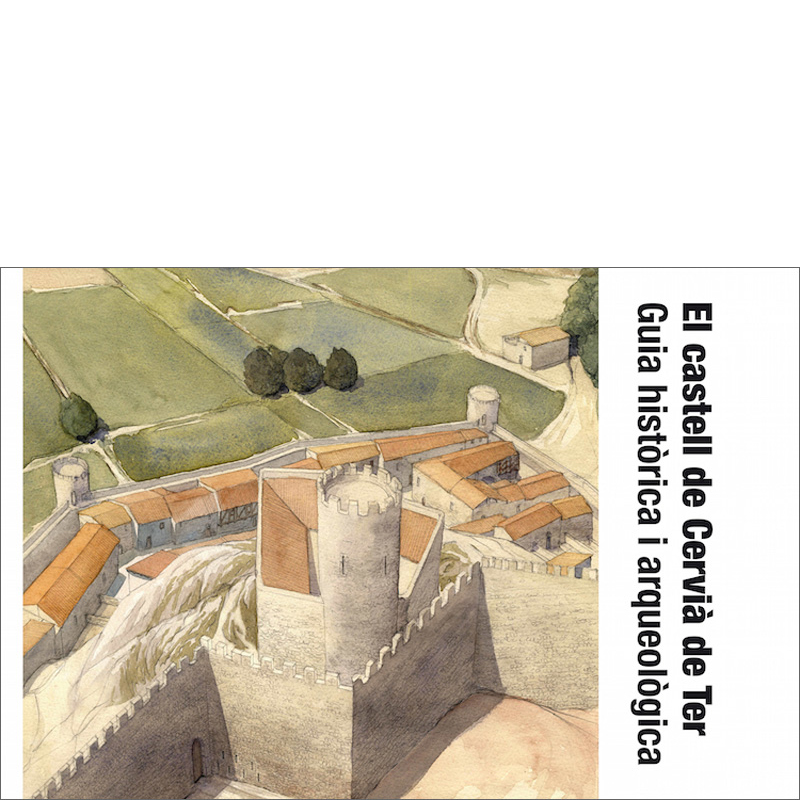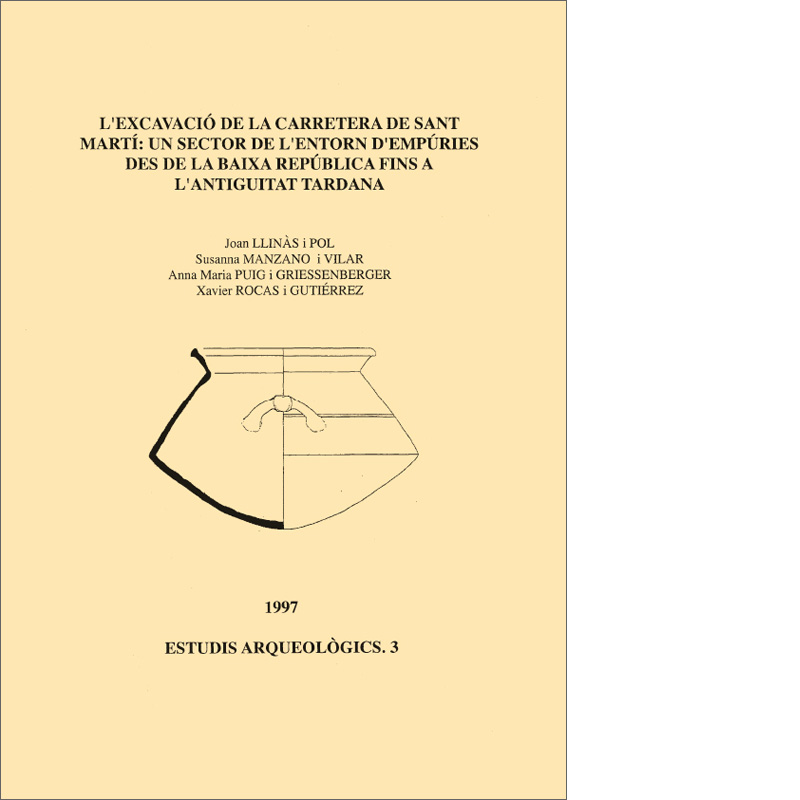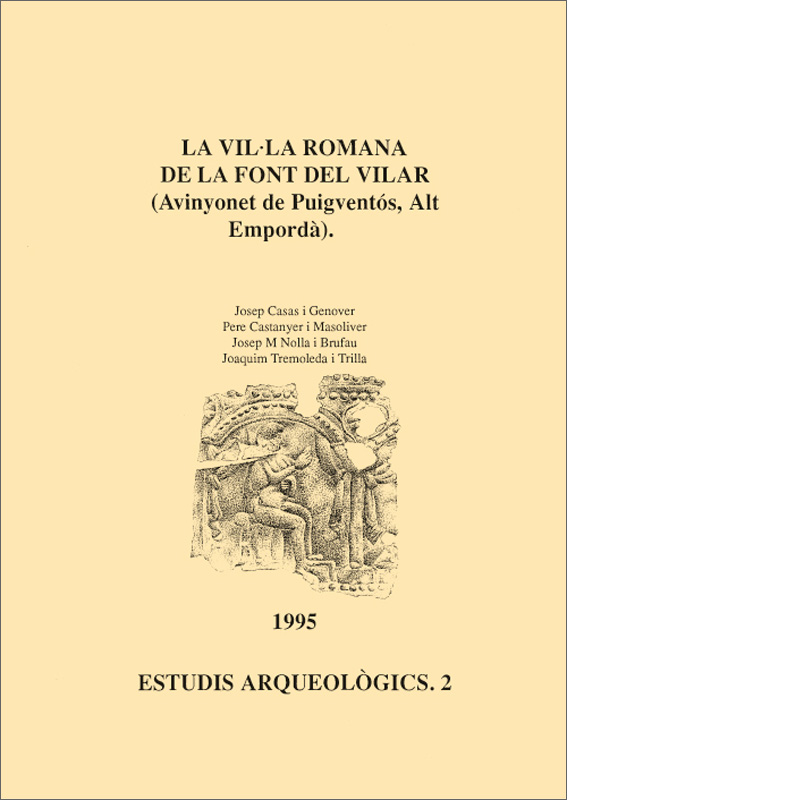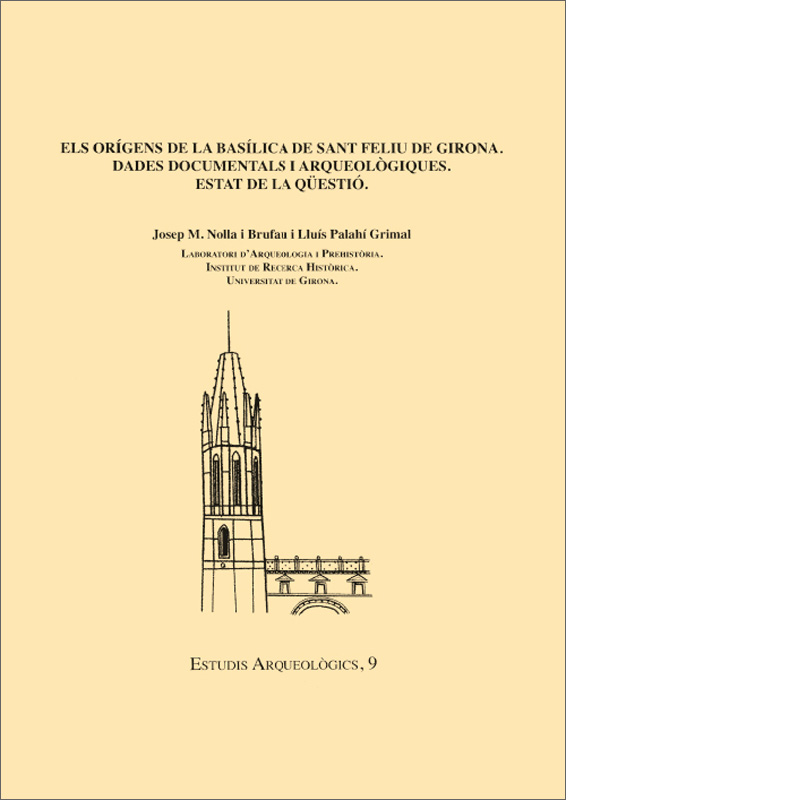Description
The nearly two centuries that elapsed between 218 BCE, when the Roman conquest of Hispania began, and the principate of Augustus constitute an important moment, perhaps unlike any other, in the history of this country. In that span of time, which was not particularly long, and in a world where things happened little by little, where changes occurred slowly, this territory, formerly Indigecia (and, evidently, an important part of what would become the conuentus Tarraconensis ), changed completely and at every level until what had been was no longer. The territorial organisation and administration were very different: the ciuitates had replaced other, different organisational structures and full or restricted Roman citizenship (ius latii ) was mostly for freemen (ingenui ) living there. The predominant culture was now Koine (or Hellenistic) Greek, adapted and occasionally modified by Rome, and the language used in personal relations, that which was learned and became a vehicle of communication, was Latin. In six or seven generations, apparently, things had come full circle.
In this work we will present, in a synthetic manner, how these transformations occurred in farm fields – a key economic element in antiquity – whose exploitation was becoming the most important activity of the inhabitants of these lands.


